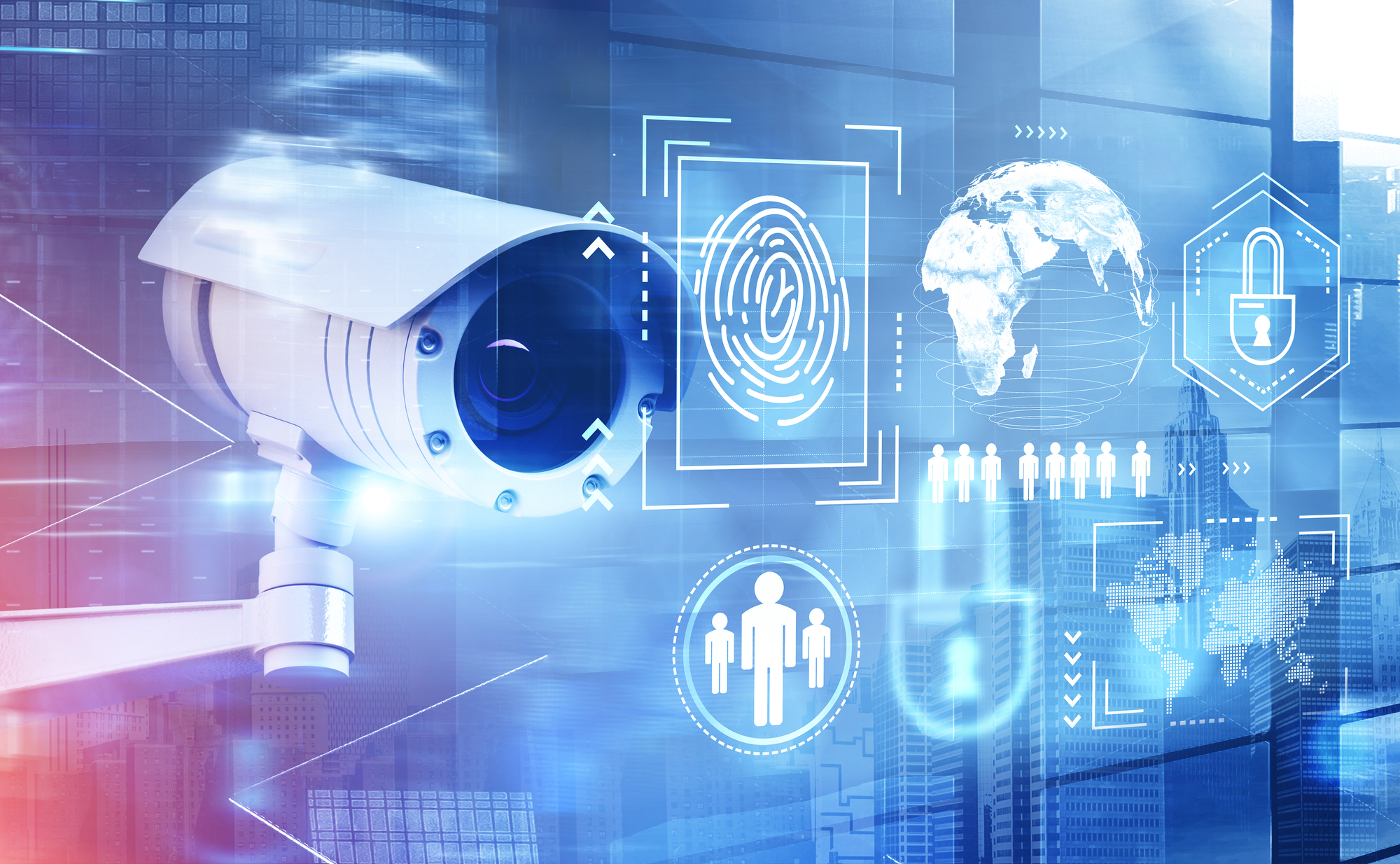The world of electronic security is constantly evolving, and staying ahead of emerging technologies is critical to ensuring the safety and security of people and assets. GlobMill permanently explores the latest innovations that are set to shape the future of electronic security and provides insights into how these technologies can enhance security strategies and protect against emerging threats.
Introduction
The electronic security industry has come a long way from traditional security systems such as alarms and CCTV. With the advancements in technology, electronic security has become more sophisticated and effective in safeguarding people and property. However, the need for innovation is still paramount to keep up with the evolving security landscape. In this article, we will discuss the emerging technologies that are set to shape the future of electronic security.
Artificial Intelligence (AI)
The potential of AI in electronic security is immense. With the ability to learn from data and recognize patterns, AI can revolutionize the way we approach security. From predictive analytics to facial recognition, AI can improve the accuracy and effectiveness of electronic security systems. With the power to monitor and analyze large amounts of data in real-time, AI can provide insights and alerts that can help security personnel respond quickly to potential threats.
Internet of Things (IoT)
The IoT is changing the way we connect and communicate with technology. In the realm of electronic security, IoT devices can provide enhanced connectivity and data collection. For example, IoT sensors can detect movement, temperature changes, and other environmental factors that can be used to trigger security alerts. By leveraging the power of IoT, security systems can be more responsive and provide a higher level of protection.
Cloud-based Security
Cloud-based security offers numerous benefits for electronic security systems. With remote monitoring and management capabilities, security personnel can have real-time access to data and alerts from anywhere. Cloud-based security also enables more efficient and cost-effective data storage and processing. By leveraging the power of the cloud, electronic security systems can be more scalable and flexible.
Blockchain
Blockchain technology has the potential to revolutionize the way we manage and share data in electronic security. With the ability to provide secure, tamper-proof data management and sharing, blockchain can help protect against cyber threats and ensure data privacy. By utilizing blockchain, electronic security systems can be more reliable and trustworthy.
Quantum Cryptography
As cyber threats become more sophisticated, quantum cryptography is emerging as a potential solution to ensure secure communication. Quantum cryptography utilizes the principles of quantum mechanics to create unbreakable encryption keys. With the power to provide truly secure communication, quantum cryptography has the potential to revolutionize electronic security.
Biometric Authentication
Biometric authentication is becoming increasingly popular in electronic security. With the ability to personalize and streamline the security process, biometric authentication can help ensure that only authorized individuals have access to secure areas. From fingerprint recognition to facial recognition, biometric authentication can enhance security while also improving the user experience.
5G
The advent of 5G technology is set to transform the electronic security industry. With faster and more reliable connectivity, 5G can provide real-time data transmission and enable more responsive security systems. From remote monitoring to video surveillance, 5G has the potential to enhance the capabilities of electronic security systems.
Augmented Reality (AR) and Virtual Reality (VR)
AR and VR technology can be used to enhance training and situational awareness in electronic security. By creating immersive training simulations, security personnel can gain hands-on experience in responding to potential threats. AR and VR technology can also provide real-time situational awareness, enabling security personnel to respond quickly and effectively.
Drones and Robotics
Drones and robotics are emerging as potential solutions for automated security patrols and monitoring. With the ability to cover large areas quickly and efficiently, drones and robotics can provide enhanced surveillance capabilities and help reduce the need for human intervention. With the potential to detect and respond to threats in real-time, drones and robotics can help improve the overall effectiveness of electronic security systems.
Conclusion
The electronic security industry is constantly evolving, and the emergence of new technologies is set to transform the way we approach security. From AI to blockchain, the technologies discussed in this article have the potential to enhance the effectiveness of electronic security systems and protect against emerging threats. By staying ahead of these innovations, businesses can ensure that their security strategies remain effective and provide a higher level of protection for people and property.


